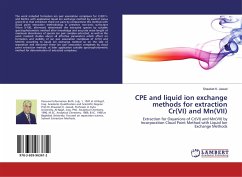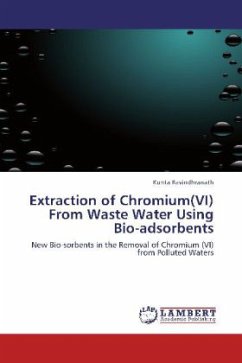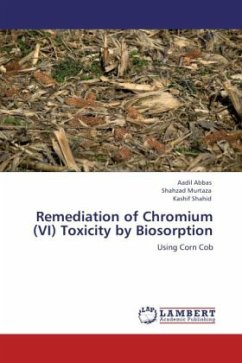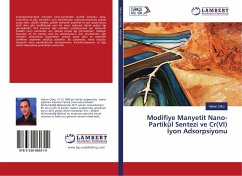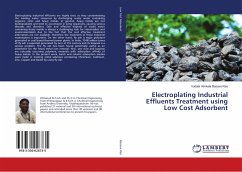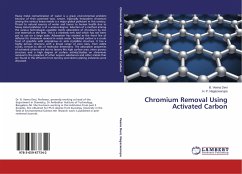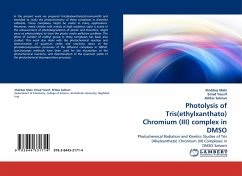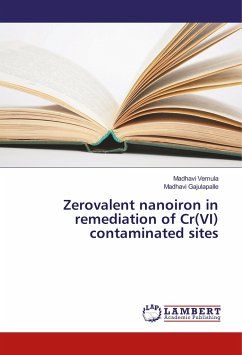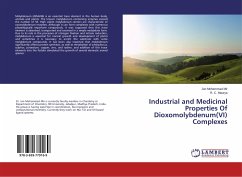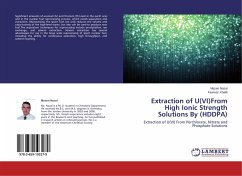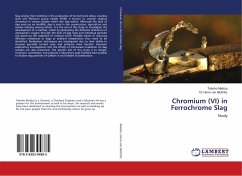
Chromium (VI) in Ferrochrome Slag
Study
Versandkostenfrei!
Versandfertig in 6-10 Tagen
32,99 €
inkl. MwSt.

PAYBACK Punkte
16 °P sammeln!
Slag arising from smelting in the production of ferrochrome alloys, stainless steel and Platinum group metals (PGM) is known to contain residual chromium in various phases within the slag matrix. Although the bulk of slag ends up on landfills, slag is used in the construction, agriculture and marine industry among others. It is the aim of this study to investigate the development of a method, which by eliminating the diffusion limitations of atmospheric oxygen through the bulk of slag mass and individual particles will speed up the oxidation of residual Cr(III). Possible means of reducing diff...
Slag arising from smelting in the production of ferrochrome alloys, stainless steel and Platinum group metals (PGM) is known to contain residual chromium in various phases within the slag matrix. Although the bulk of slag ends up on landfills, slag is used in the construction, agriculture and marine industry among others. It is the aim of this study to investigate the development of a method, which by eliminating the diffusion limitations of atmospheric oxygen through the bulk of slag mass and individual particles will speed up the oxidation of residual Cr(III). Possible means of reducing diffusion resistances in slags at ambient temperature thus need to be identified. Fluidisation techniques are investigated due to their ability to increase gas-solid contact area and enhance mass transfer. However exploratory investigations into the effects of microwave irradiation on slag samples are also presented. The specific aim of this study is to design, construct, commission and evaluatea laboratory scale fluidised bed suitable to fluidise slag particles of Geldart A and Geldart B classification.



